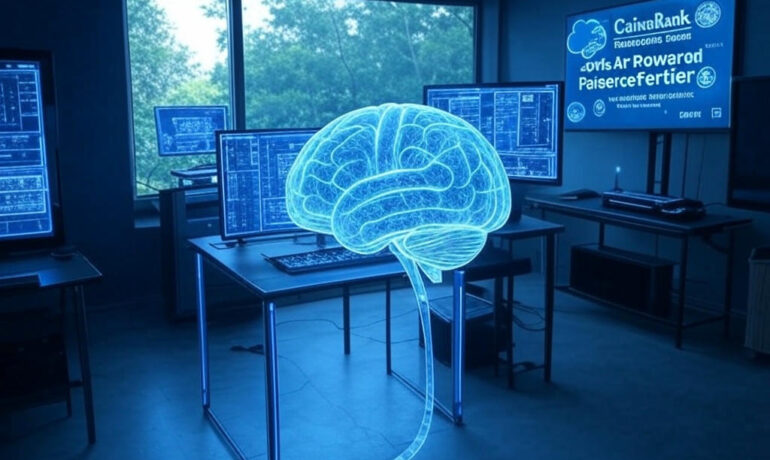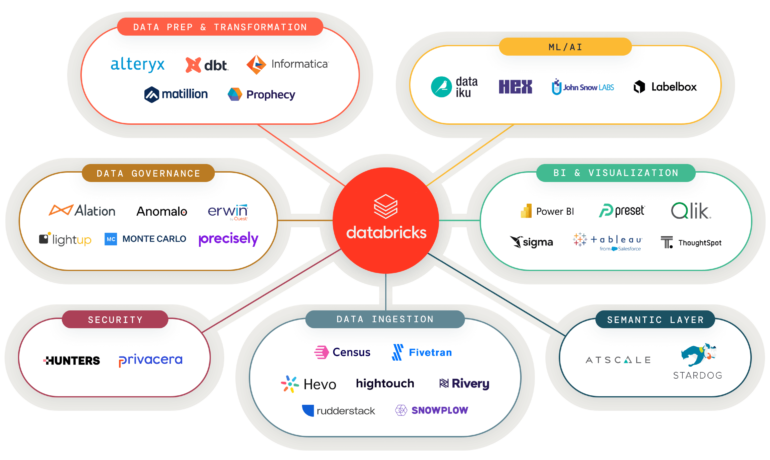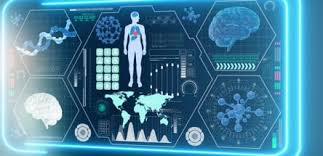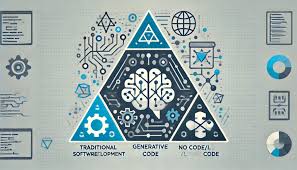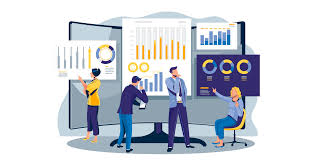The Great Cognitive Shift
The Great Cognitive Shift: How Generative AI is Rewiring Human Thought The Paradox of Thinking in the Age of AI A lion hunts on instinct—pure, unfiltered action. Humans? We deliberate, create, doubt. This tension between intuition and reason has defined our species. But as generative AI becomes the default “first thought” for everything from writing emails to crafting art, we must ask: Are we outsourcing cognition itself? The Rise of the AI-Augmented Mind This shift isn’t just about efficiency—it’s altering:🔹 How we structure ideas (bullet points over prose)🔹 What we consider “good” writing (polished but generic)🔹 Our tolerance for imperfection (why struggle when AI gives “perfect” drafts?) A 2024 University of London study revealed:✔ 90% of writers given AI suggestions incorporated them✔ Outputs became 25% more similar in style and structure✔ “Originality atrophy”—highly creative thinkers showed diminished unique output The Mediocrity Flywheel: When AI Elevates the Average Case Study: The Homogenized SOP Thousands of students now use AI for university applications. The result? Admissions officers report: AI’s training data mirrors dominant cultural narratives—note how “Dear Men” prompts yield starkly different tones. The Unseen Cognitive Tax What We Lose When We Stop Thinking First Psychological Repercussions: Preserving Humanity in the AI Age The Antidote: Intentional AI Use Pitfall Solution Blind AI adoption “AI last” rule—think first, refine with AI Style homogenization Curate personal writing vaults for unique voice Cognitive laziness Deliberate practice of unaided problem-solving For Organizations: The Road Ahead: Coexistence or Colonization? Generative AI is the most potent cognitive tool ever created—but like any tool, it shapes its user. The next decade will reveal whether we: A) Merge with AI into a hybrid consciousnessB) Retain human primacy by setting strict cognitive boundaries “The real threat isn’t that AI will think like humans, but that humans will stop thinking without AI.” The choice is ours—for now. Key Takeaways:⚠️ AI standardization threatens intellectual diversity🧠 “Thinking muscles” atrophy without conscious exercise🌍 Cultural biases amplify through AI adoption🛡️ Defend cognitive sovereignty with usage guardrails⚖️ Balance efficiency with authentic creation Are we elevating thought—or erasing it? The answer lies in our daily AI habits. Like Related Posts Salesforce OEM AppExchange Expanding its reach beyond CRM, Salesforce.com has launched a new service called AppExchange OEM Edition, aimed at non-CRM service providers. Read more Salesforce Jigsaw Salesforce.com, a prominent figure in cloud computing, has finalized a deal to acquire Jigsaw, a wiki-style business contact database, for Read more Service Cloud with AI-Driven Intelligence Salesforce Enhances Service Cloud with AI-Driven Intelligence Engine Data science and analytics are rapidly becoming standard features in enterprise applications, Read more Health Cloud Brings Healthcare Transformation Following swiftly after last week’s successful launch of Financial Services Cloud, Salesforce has announced the second installment in its series Read more

